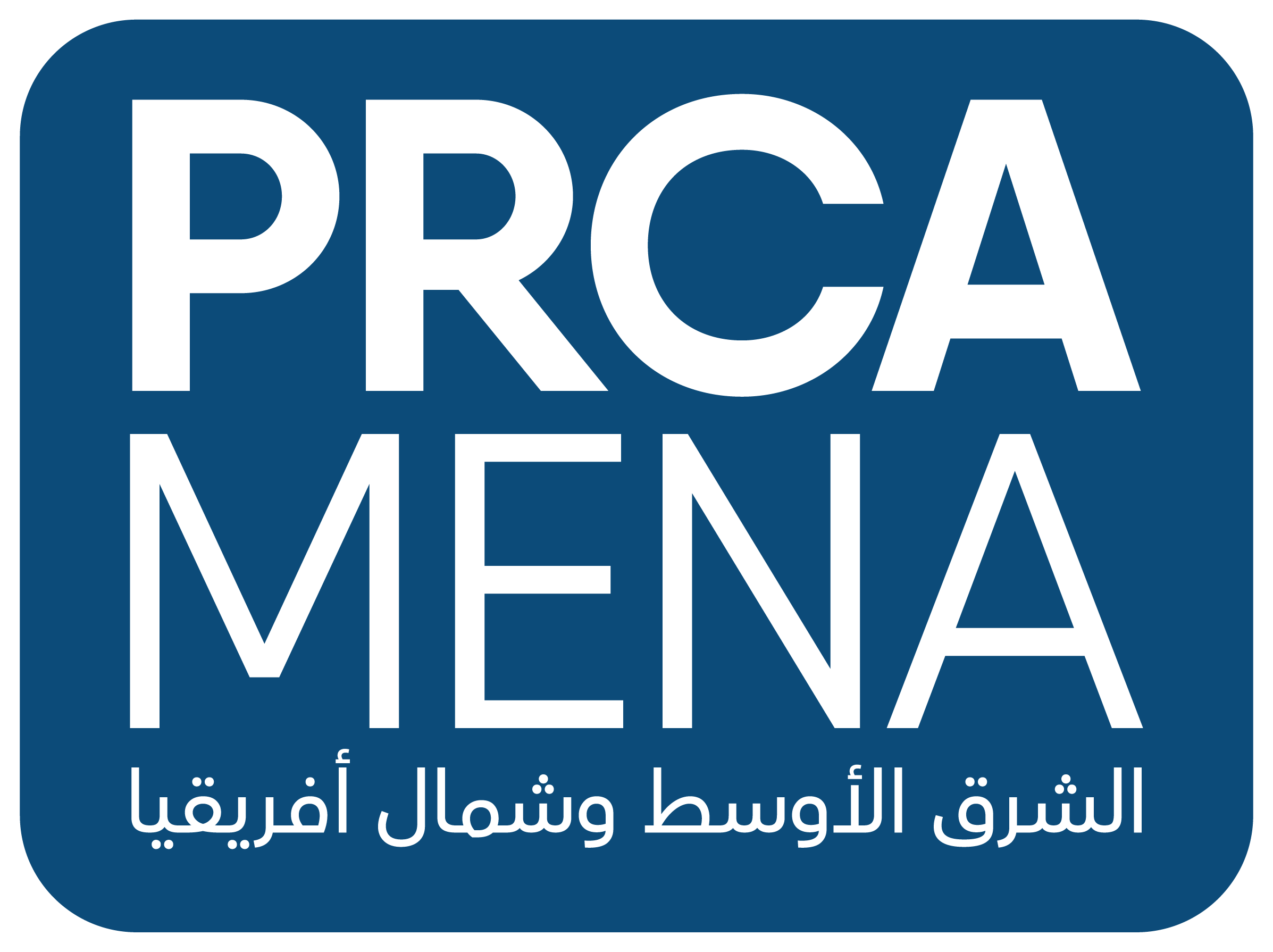Advertising Value Equivalents or Ambitious Versatile Experts
When it comes to measurement and evaluation, how confident are you discussing measurement with clients? According to the International Communications Consultancy Organisation (ICCO) 2017 world report, 83% of respondents in the MENA region still use advertising value equivalents (AVE’s) because they say that it’s expected by clients.
We, as an industry, are ambitious and creative, pushing the boundaries with fresh new ideas; we are versatile with new technologies and strive to keep up-to-date with the latest trends. We also pride ourselves on being experts in our industry. But are we missing a trick when it comes to measurement and evaluation? We produce great work to be measured, and that needs to stand up to scrutiny. But after all of the hard work is over, are we really showing our true value? Are we in fact doing ourselves an injustice when it comes to measuring our campaigns using AVEs?
We are all ambitious when it comes to effective measurement and ultimately delivering client campaigns with demonstrative results, both qualitative and quantitative. So why as an industry do we still feel a need to use AVE? A simple response could be, what’s the alternative? ….Is it our role to demonstrate and provide clients with new and more effective ways to measure?
As a company, we developed a model; Media Influence Index (MII), which measures the actual impact and outcomes of coverage, where coverage is an output. Has the coverage impacted brand sentiment, has it impacted intent to purchase, and has brand advocacy improved? Let us also not forget that some activations aren’t coverage focused, and in those instances, data capture, enquiry, attendance at events and alike are perhaps simpler to measure. We are all acutely aware there are a number of discrepancies when it comes to AVE, the method for evaluating does not hold up to scrutiny, and in a forward-thinking age, where demonstrating an ROI is now business critical, AVEs have not stood up to the test of time.
The challenge therefore is to ensure that in response to a brief we are clear and focused on what the end objectives are. For us, if its data capture, or shifting audience behaviour we need to focus on the routes to market that we know will have tangible measurable results… is it TV and Radio interviews, is it a video package for digital and mobile distribution, or perhaps live streaming with moderated Q&A enabled? For example, our work in the field of live streaming is testament to demonstrative results, allowing us to deliver high impact targeted campaigns, whether B2B or B2C, to core audiences measured by views, dwell time, data capture and enquiry, a technique giving us real metrics.
Let’s believe in ourselves as PR professionals and demonstrate the true value of work by consistently referring back to results that have made an impact on the business.
It all starts at the art of planning clear SMART objectives and developing a campaign to achieve the end goal, but we all work in communications and know this right? You’d be surprised, over the years, the number of award entries I’ve seen that only reference media coverage (and sometimes flowers) and not the positive impact on the business.
We are experts in our field and can measure if our campaign has had an effect on the business. Did the campaign drive sales or improve client retention? This is real data, leading to better measurement and evaluation which in turn enables us to refine and improve our work, as well as justify our position further up the food chain re importance to the brand. We need to continue to be experts, improving our practices and show our clients a different, more effective way to measure.
We can do this one step at a time and there are a variety of tools available for us, AMEC’s PR Guide to Measurement and AMEC’s Integrated Measurement Framework which both support not using AVE’s and also industry bodies such as PRCA and MEPRA.



